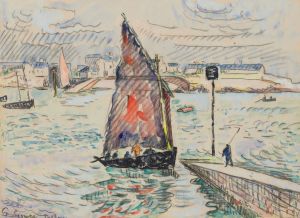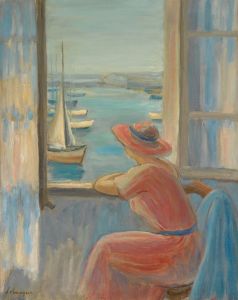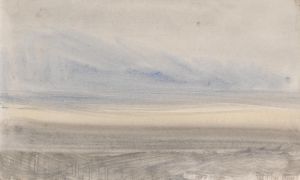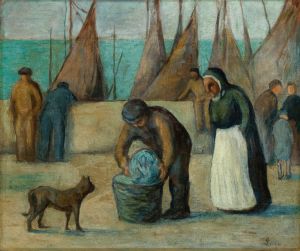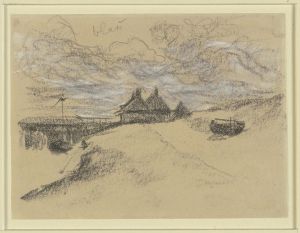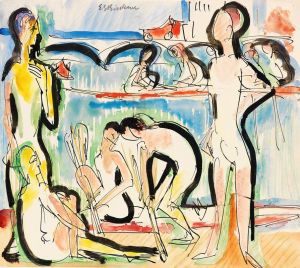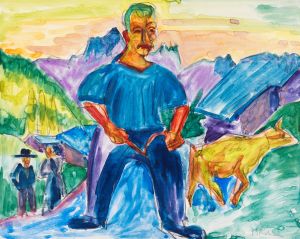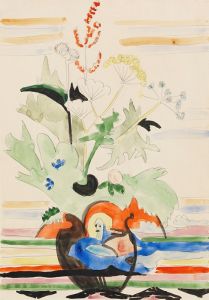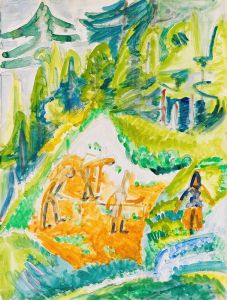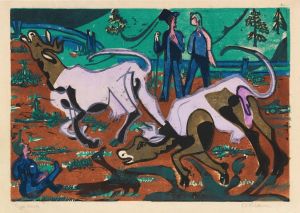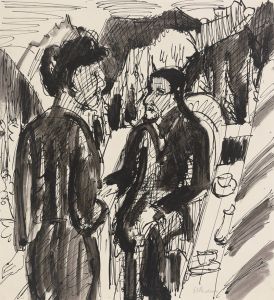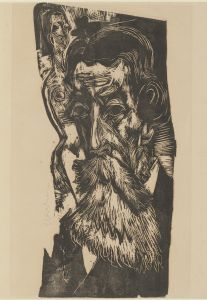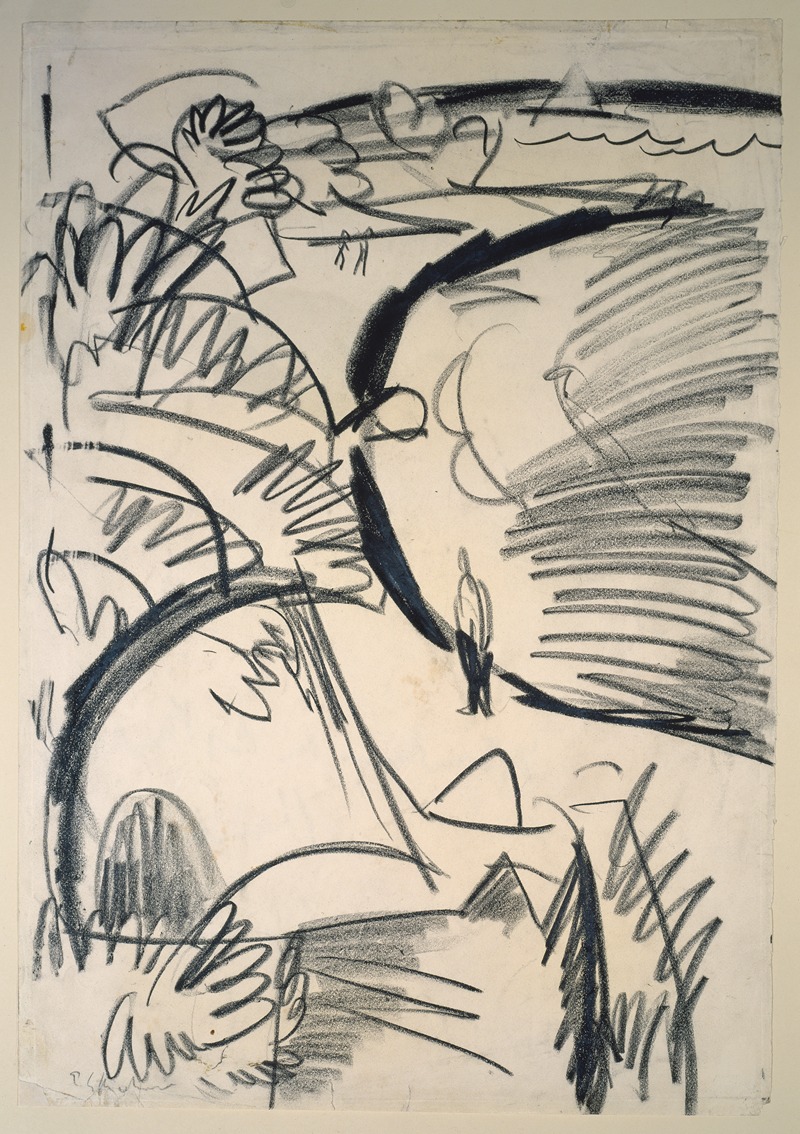
Fehmarnküste
A hand-painted replica of Ernst Ludwig Kirchner’s masterpiece Fehmarnküste, meticulously crafted by professional artists to capture the true essence of the original. Each piece is created with museum-quality canvas and rare mineral pigments, carefully painted by experienced artists with delicate brushstrokes and rich, layered colors to perfectly recreate the texture of the original artwork. Unlike machine-printed reproductions, this hand-painted version brings the painting to life, infused with the artist’s emotions and skill in every stroke. Whether for personal collection or home decoration, it instantly elevates the artistic atmosphere of any space.
Ernst Ludwig Kirchner's painting Fehmarnküste (translated as "Fehmarn Coast") is a work created by the German Expressionist artist, who was a founding member of the influential art movement Die Brücke (The Bridge). Kirchner is widely recognized for his bold use of color, dynamic compositions, and exploration of emotional and psychological themes in his art.
The painting depicts the coastline of Fehmarn, an island in the Baltic Sea off the northern coast of Germany. Kirchner visited Fehmarn multiple times between 1912 and 1914, finding inspiration in its natural landscapes and the sense of isolation it provided. These visits were significant for his artistic development, as they allowed him to experiment with new techniques and further refine his Expressionist style. The island's rugged beauty, vibrant colors, and dramatic light influenced many of his works from this period.
Fehmarnküste exemplifies Kirchner's characteristic approach to landscape painting. The composition is likely marked by bold, simplified forms and a vivid, non-naturalistic color palette, reflecting the emotional resonance of the scene rather than a realistic depiction. This approach aligns with the principles of Die Brücke, which sought to convey raw emotion and a direct connection to nature through art.
The painting is part of Kirchner's broader body of work that captures his experiences on Fehmarn. These works often include depictions of the island's cliffs, beaches, and sea, rendered in a style that emphasizes movement and energy. The Fehmarn period is considered one of the most productive and innovative phases of Kirchner's career, as it allowed him to explore themes of freedom, solitude, and the primal connection between humanity and nature.
As with many of Kirchner's works, Fehmarnküste reflects the artist's personal struggles and his response to the rapidly changing world of the early 20th century. His time on Fehmarn provided a temporary escape from the pressures of urban life and the tensions of modernity, themes that are often evident in his art.
The current location of Fehmarnküste is not specified in available records, and further details about its provenance or exhibition history are limited. However, Kirchner's works, including those from his Fehmarn period, are held in major collections and museums worldwide, reflecting their enduring significance in the history of modern art.





